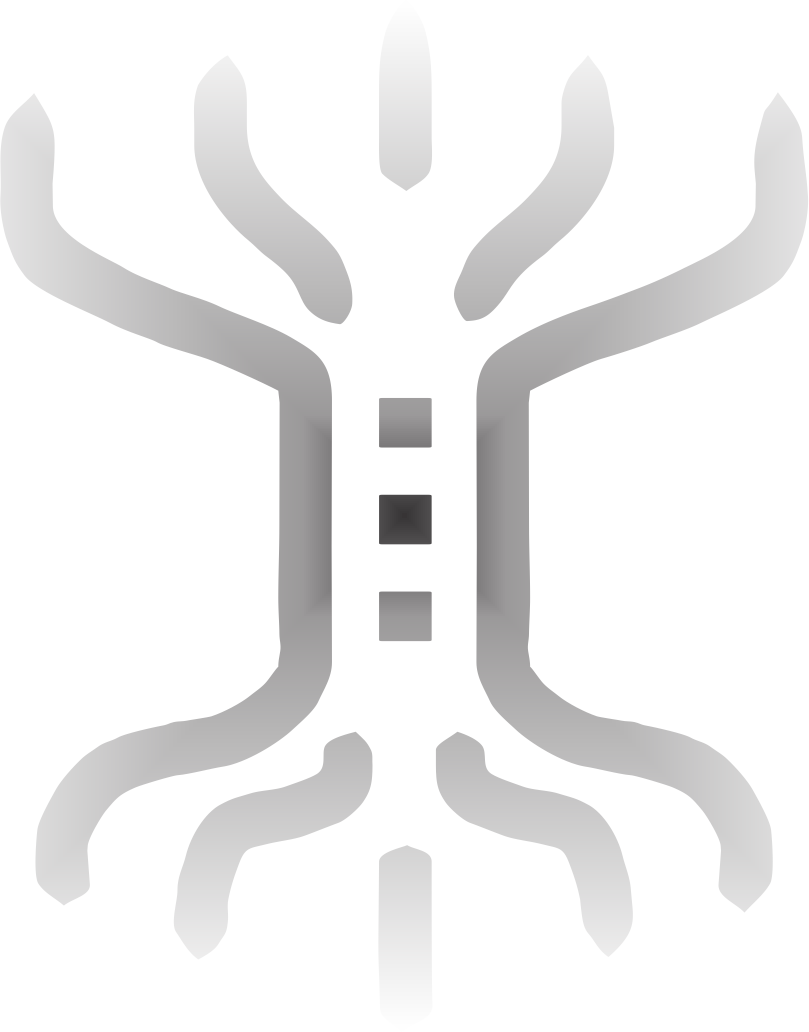

CHOICE
2410 CE
In the huge viewtank‘s inner blackness, the marbled sphere glowed, feathering the cable-knotted tankroom walls with dim phosphorescence. The sphere slowly turned, shimmering, a vibrant jewel of cloud-feathered blue and green and gold. Over its image, the words Planet Two, Zeta Tucanae hovered, displayed in Putonghua and Share.
A separate zone of the tank held a smaller, cratered ball, labeled Planet Two Satellite One. From walls and ceiling, tributary optic lines meandered to a confluence beneath the tank: access links from the relay stations bearing floods of data from thousands of tiny Oort-Cloud shotgun observatories, the sensors of the Stellar Viability Survey. The building in which the tank stood was the SVS Projection Center.
“It’s looking very good.” A soft, feminine Sinese voice, speaking Share with unique tonal shifts. “We’ve got a planetary setup very similar to the solar system. Two gas giants like Jupiter, and a few more out further. Look at that moon. This could be an echo of Earth.”
“Not an echo, I hope.” Another woman, her tone sharper, with lilting Euro inflections. “A younger earth, please.”
“Oh, yes. It’s fresh as our pre-human stage.” The first speaker gestured with a delicate index finger at a stacked chart floating next to the planet image. “The gas balance is perfect. Jungle, forests, plains, taiga, and a few volcanics to kick it every so often.”
The Survey’s construction of this shining image had taken many decades. The seeding of the Oort Cloud with the skinny, long-barreled telescopes and their signal transformation and transmission systems had used up most of the time. Then came the Oort-baseline interferometry computations, integrating the digital signals streaming home to Earth from nearly a light-year away. Astronomy had finally progressed far enough to look at the neighboring stars with an eye over a light-year in diameter.
Twenty-six point seven seven two light years out lay Zeta Tucanae‘s living jewel; the searchers swung more shotgun ‘scopes to stare at it, added it to the tiny list of possible planets, and began collecting a continuous stream of data at all frequencies. The picture sharpened each day, and so did the dynamic representation of the planet that now floated in the tank.
The two women stared wistfully at the brilliant sphere.
“The committee meets tonight,” the Sinese woman said. “This one is the best we’ve seen.”
“Then you’re voting for it?”
“Yes.”
Outside the building, a warning horn began a staccato tooting: the SVS Center’s perimeter-intrusion alarm.
“I hate this,” the Euro speaker said, her shoulders stiffening. “The SAMs are getting out of hand again.” The Science Abolition Movement had sent a large crowd of demonstrators to the SVS Center the day before; the vote on extrasolar colonization had drawn intense opposition and quarreling among many political groups.
“Don’t worry. They just want to be on the broadcasts. They can’t get in.”
“I know. It’s just…" The Euro speaker reached out her hand and touched the tank. “Please,” she said softly, “Make us another home. Before it’s too late.”

